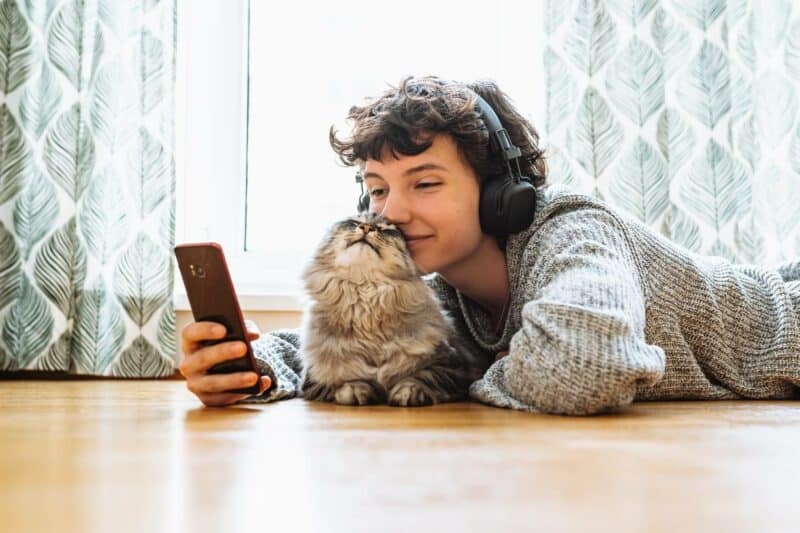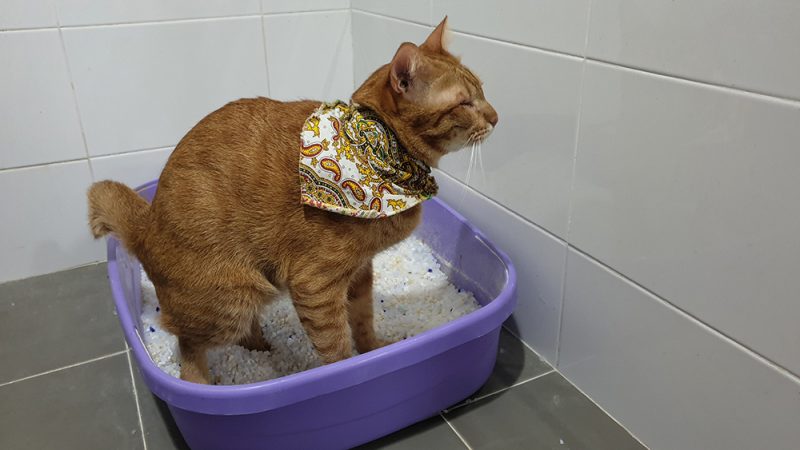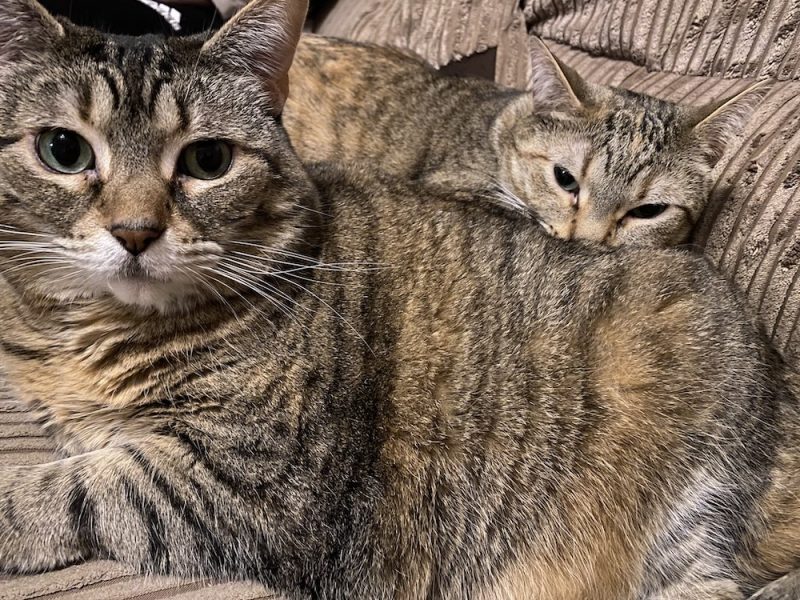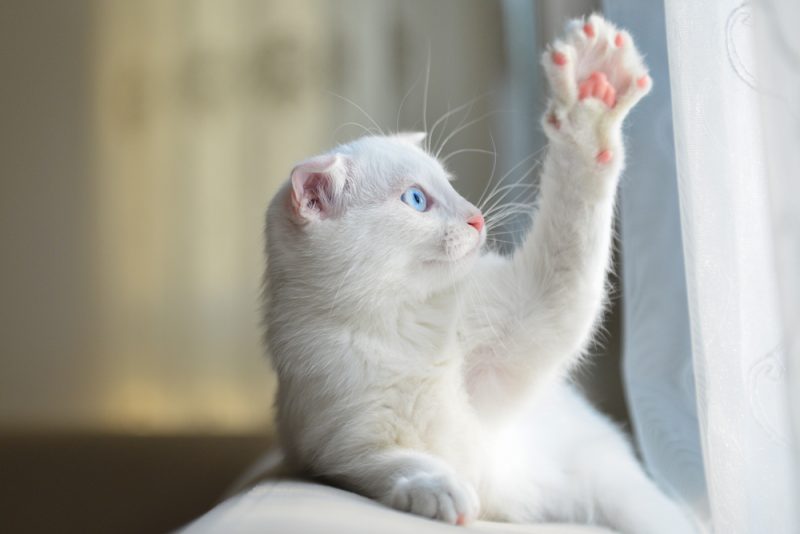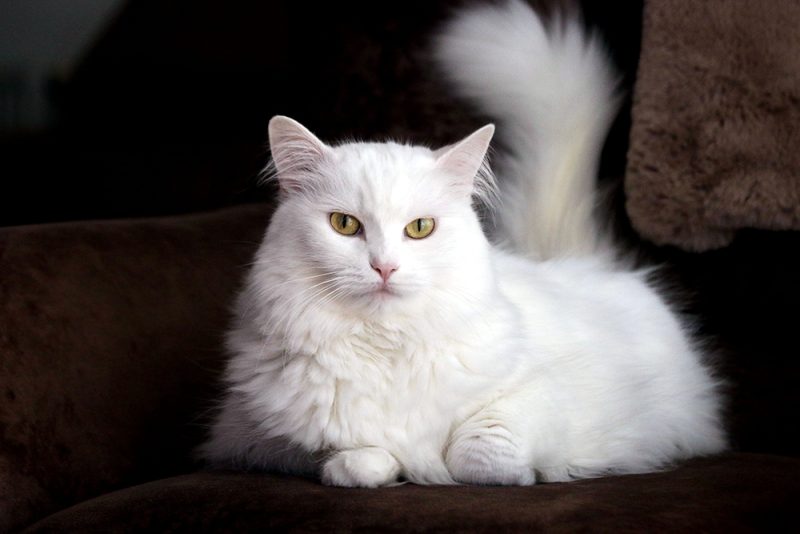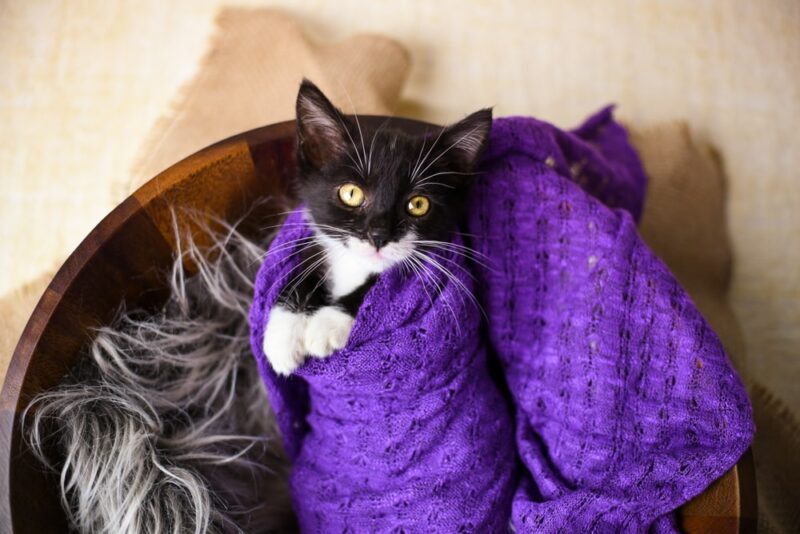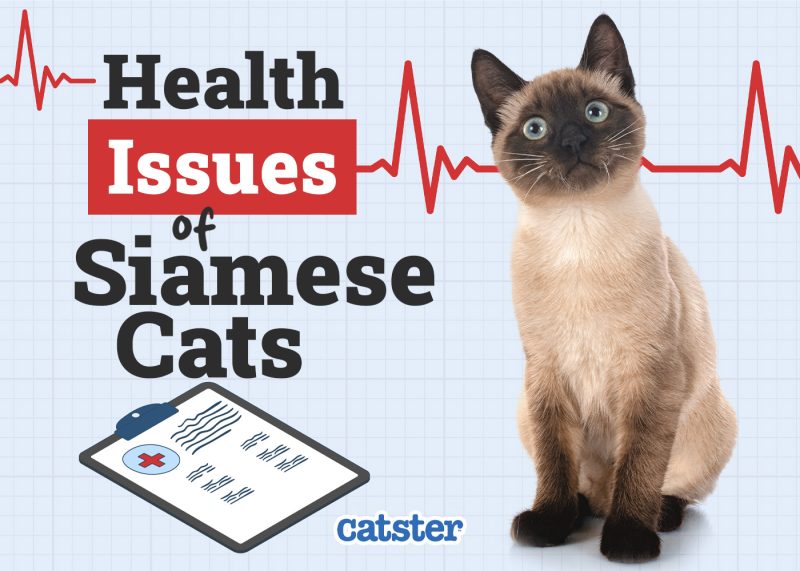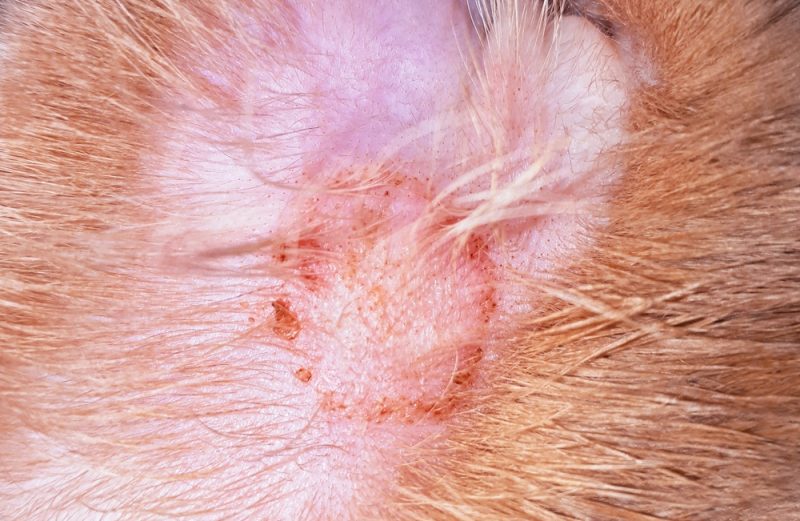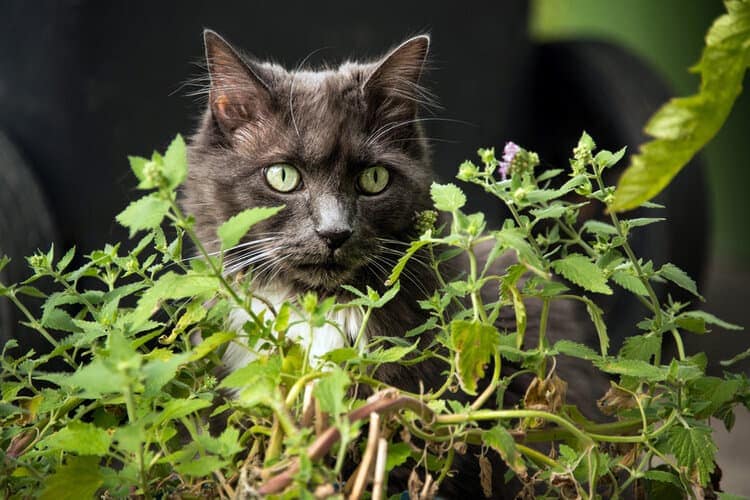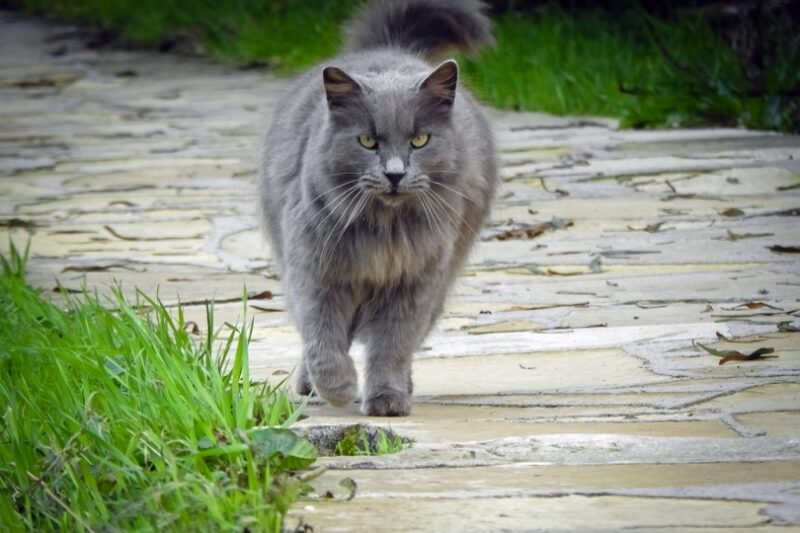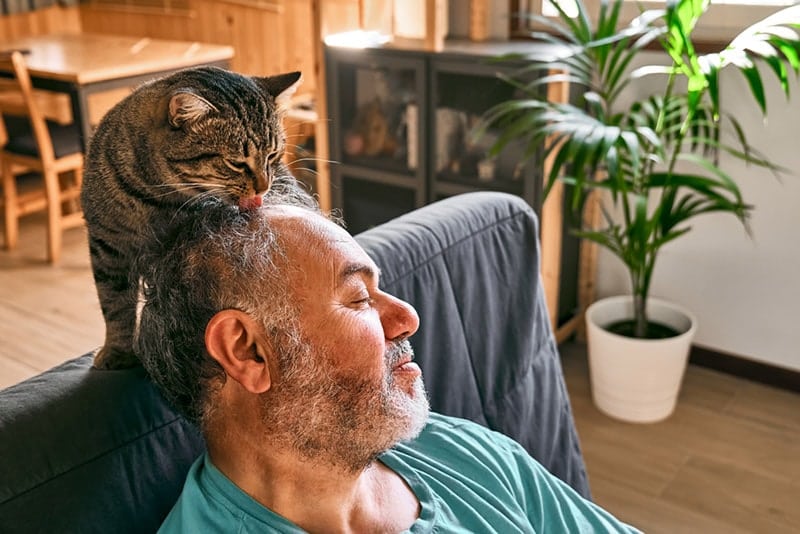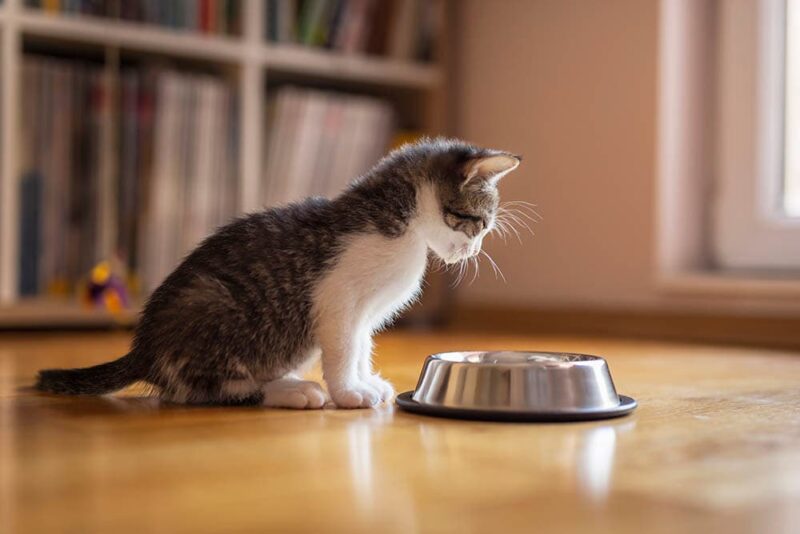In this article
View 2 More +There are tons of cat videos on the internet. There are millions of Google searches for cats every month. So, it’s safe to say that the internet loves cats.
Fortunately, cats have benefited from the popularity of cat videos, and you can find a good number of cats that have become famous internet icons. However, there is a downside to cat videos that involves exploitation and the mistreatment of cats. Being aware of the content we watch can help us become better advocates and fans of cats.

Benefits of Cat Videos
Cat videos have the power to boost the image of cats by showcasing the wonderful parts of life with cats. You can easily find an endless supply of cute or funny cat videos that shine a positive light on cats. Studies have shown that cats can help reduce stress and anxiety and provide a calming presence. Considering how cats can benefit people’s mental health, it’s no surprise that many people enjoy scrolling through cat content.
The prevalence of cat videos can also help promote cat adoptions. Many pet adoption and rescue organizations often upload videos of cats waiting for their forever home. Videos can show a more realistic representation of a cat’s personality and temperament than a photo can. The positive view of cats on the internet and the internet’s general love for them can bring awareness of the importance of pet adoptions to more people.
Another way that cats can benefit from cat videos is through educational content. You can find many YouTube channels and social media accounts that provide general information on cat care and feline behavior. These types of videos are often invaluable resources for cat owners because they help people better understand their cats and how to best care for them.
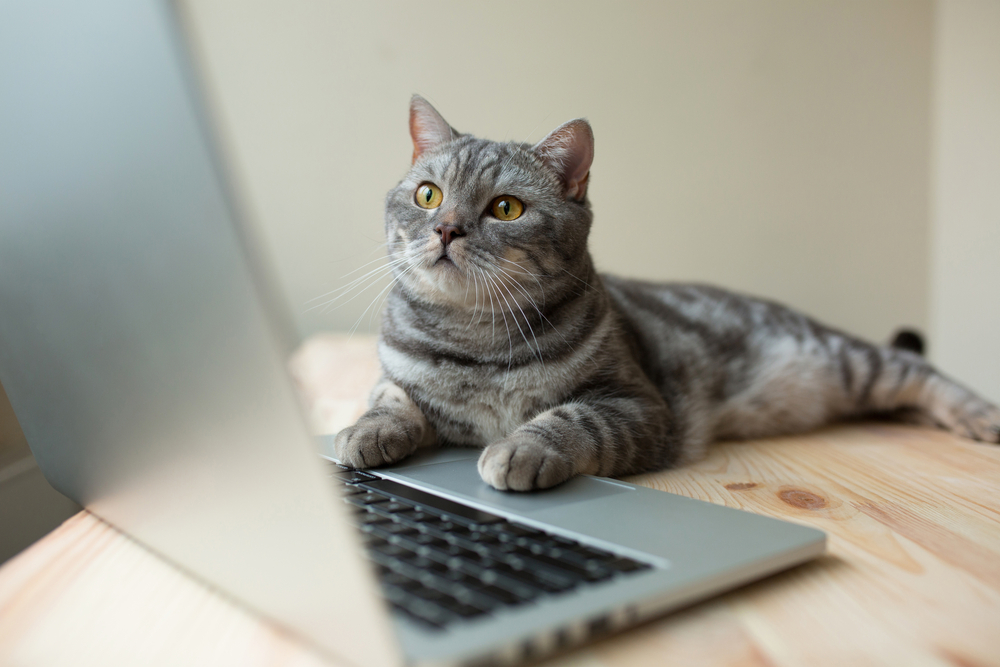
What About Cat TV?
There’s a niche of videos on the internet known as cat TV. Cat TV videos refer to videos that are designed to entertain cats specifically. These types of videos can be any length and feature images and sounds that typically pique a cat’s interest. For example, cat TV videos usually play bird calls and have small animals scurrying across the screen.
The purpose of cat TV is enrichment for cats. Cats may enjoy watching and focusing on the images on the screen or feel curious about the different noises they’re hearing. Cat TV can alleviate boredom for some cats, and some cat owners will play a cat TV video while they’re away so that their cats have something to do during their home alone time.
Cat TV isn’t harmful to a cat’s eyes, so if your cat seems intrigued by these types of videos, there’s no harm in playing them. The only safety concern comes from your physical TV screen or monitor. Some cats may try to pounce or bat at the images on the screen. This can cause your TV to fall and land on your cat, or the debris from a cracked screen can end up scratching or cutting your cat. So, if your cat tends to pounce at the TV screen, it’s best not to play cat TV when your cat is unsupervised.

A Word of Caution About Cat Videos
Unfortunately, there is a dark side to cat videos. Not all videos of cats are pleasant, and some cats may even be exploited to create viral videos. The past trend of cats vs cucumbers is one example of how cats got the short end of the stick. For whatever reason, many cats don’t like cucumbers and seem to be afraid of them. Because of this, you can find numerous viral videos and compilations of people placing cucumbers near cats to see if their cats would get scared by them.
People can dismiss this trend as a harmless prank, but many cats expressed clearly through their body language that they were afraid or distressed. Cats didn’t benefit from this trend at all, especially as it encouraged more people to hop on the trend.
While cats can be wonderful pets, they’re not well-suited for everyone. Even though they may be portrayed as more independent than dogs, they still require a lot of care and attention. Unfortunately, cat videos can cause people to have a romanticized view of taking care of a cat and may adopt one without considering what it takes to live with one. This can cause cats to either end up in an animal shelter or get abandoned.
This is especially dangerous for exotic wild cats. You can find many videos of wild cats being kept as pets by experienced exotic pet owners. Most of these videos are for educational content and animal advocacy. However, they can cause some people to want to own exotic pets. Many people aren’t prepared for the level of care that wild cats require, and these cats are at high risk of living in inadequate conditions, getting abandoned, or ending up at a wildlife rescue.
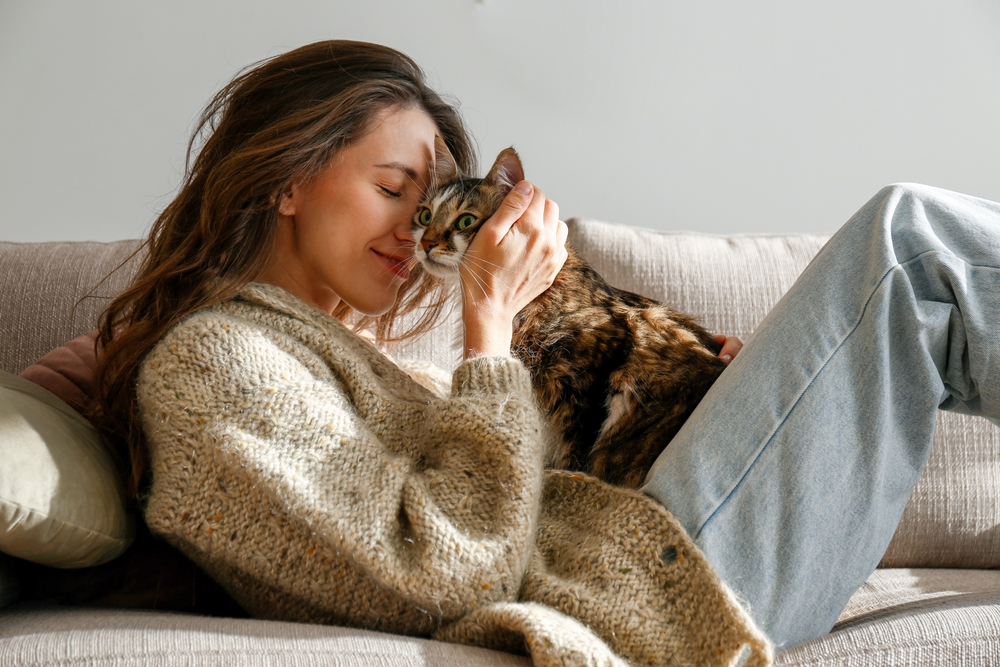

Conclusion
Cat videos mostly benefit people as they provide a lot of entertainment. Many cat videos are good and can have a positive effect on cats. However, certain trends and types of cat content can end up being harmful to cats. So, it’s important to be mindful of the content we consume and consider if the cat video we are watching isn’t exploitative of cats. Make sure not to engage in any trends that cause distress to cats and stick to cat videos that are informative, purely fun, or promote a positive message.
Featured Image Credit: arisa Stefanjuk, Shutterstock

